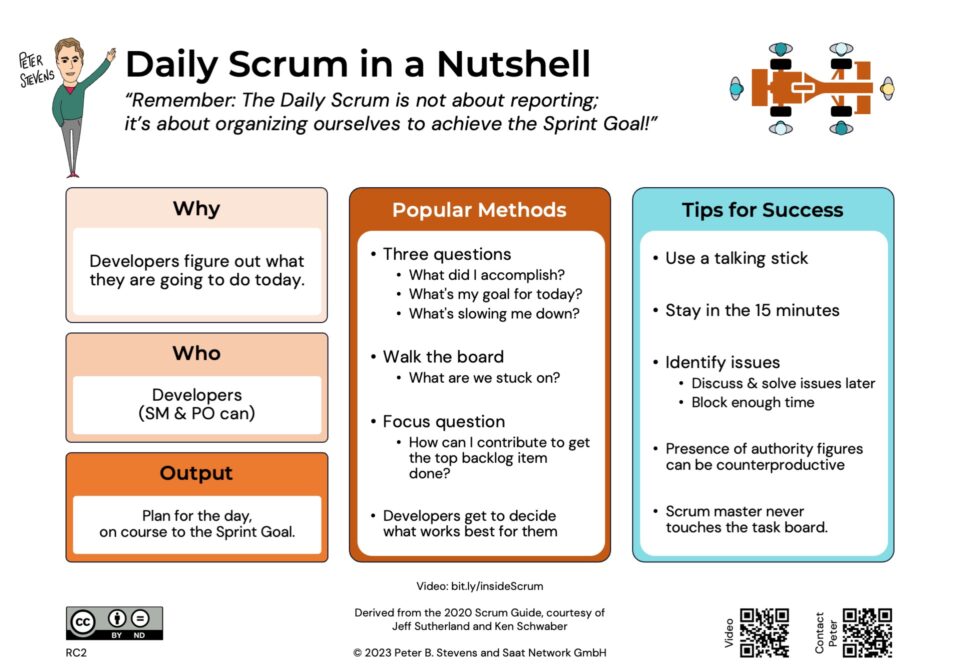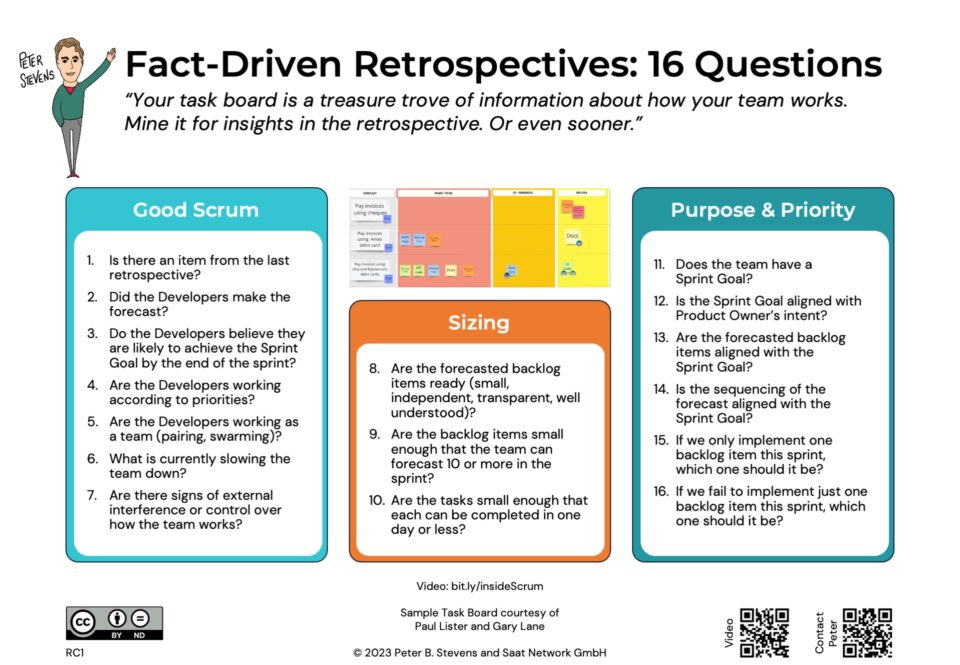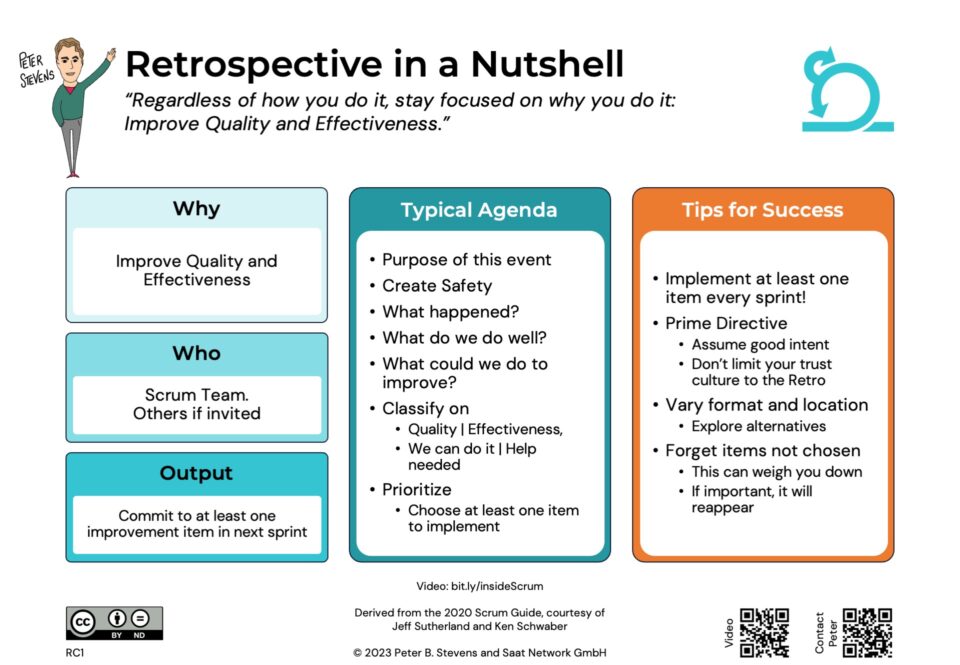Target Process announces a Free Community Version
24-06-2008New Domain Name: Scrum-Breakfast.com
29-06-2008This is a serious question 😉
I just led a workshop for a medium size company which was considering (and is now planning) to start using Scrum as the organizing principle for their SW Development efforts. And exactly this question arose.
As it was, we had a classically trained project manager in the room, so he provided much insight into what is expected of a project manager:
- Select Team Members
- Select Tools
- Plan Tasks
- Monitor Progress and Sucess
- Define and Impose Standards
- Coordinate Work between Team Members
- Budget
- Scope
- Set Priorities
- Assign Tasks
- Communicate with the Customer
Explicitly not part of the Project Manager’s job is removing impediments.
How is this work distributed among the players in Scrum?
| S-M | P-O | Team | |
| Select Team Members | initial | once established | |
| Select Tools | shared | shared | |
| Plan Tasks | X | ||
| Ensure satisfactory implementations | X | ||
| Define and Impose Standards | X | ||
| Coordinate Work between Team Members | X | ||
| Budget | X | ||
| Scope | X | ||
| Set Priorities | X | ||
| Commit to Delivery Dates | shared | shared | |
| Assign Tasks | X | ||
| Communicate with the Customer (for realization) | X | ||
| Remove Impediments | X |
So a Scrum master actually has very little in common with a classically trained project manager. The most important job of the scrum master is to remove impediments, something which is explicitly not part of the project manager’s job.
The Scrum master is a ‘servant leader’ — his primary job is to ensure that his team can work and that everyone is playing by the rules. He will also be an agent if not the agent of change in his organization: identify what prevents to organization from advancing and eliminating that impediment.
If you are looking for the difference between RUP and Scrum, waterfall and Scrum, or almost anything and Scrum, look first at the roles. Here is where the fundamental differences are to be found.





6 Comments
Well, I tend to disagree that “remove impediments” is not a part of Project Manager’s job. I was a PM several years ago and this was my primary goal that times. Some good books on PM like explicitly mention that. Also here is one nice quote: “Rather than just removing obstacles when they appear, a better Project Manager prevents them from appearing” 🙂
I was actually surprised by this assertion too. The response was that the PM ensures that impediments are addressed, not that s/he actually addresses them him/herself.
I’m curious what RUP has to say on this subject…
It’s odd to me that people would expect the Scrum Master to be in contact with the client (since most impediments need to be resolved ultimately by the client, in my experience), I would think the Scrum Master would be in charge of whipping the BA or PM into action to remove impediments.
I’m not surprised by it at all.
For example, at a former employer of mine, the project leader was the eyes, ears and mouth of the project; the techies were its arms and legs. So the PL was expected to talk to the customer (gather & spoon feed information to the techies, communicate news especially bad news, to the customer.
So there is conflict potential between the Scrummaster’s role as a facilitator and the team’s expectation that a “project leader” be the interface to the customer.
This comment has been removed by the author.
Hi Michael,
Just for fun, I went googling for Project Manager Job Descriptions.
This one and that one were among the top links. Both largely confirmed the definition of the Project Manager.
Apparently handling impediments (“issues”) is more the job of the program manager than the project manager.